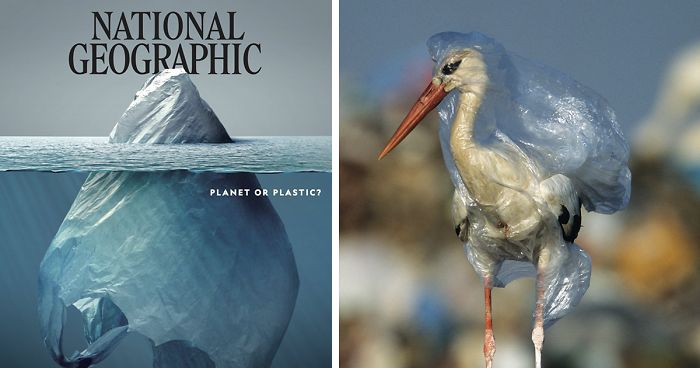
Everyone Is Applauding This National Geographic Cover But The Real Shock Lies Inside The Pages
National Geographic magazine has just launched an informative and shockingly revealing campaign called Planet or Plastic? and it is something that we all need to see and learn from.
Many of us are aware that there is far too much of plastic waste in our environment. We all feel a little guilty when throwing yet another single-use plastic wrapping straight into the trash, knowing that we are contributing to a problem that is too vast for us to truly comprehend. But what if we were faced with the horrifying consequences of our plastic addiction?
That is one of the aims of the iconic magazine’s campaign as they seek to change the ways consumers use plastic and their outlook on waste management. If consumers and other like-minded organisations are able to work together to bring about a change in mindset at a fundamental level, corporations will hopefully respond to public opinion and reduce the amount of plastic they use in their products. The magazine itself is leading by example, beginning to send out their editions in paper instead of plastic. Because every change, no matter how futile it may seem, helps at some level. The campaign has identified plastic bags, bottles and straws as problematic products, and urges consumers to take a pledge to dramatically reduce their use of them by making simple conscious choices. Will you take the pledge?
These powerful and heartbreaking images vividly illustrate the damage that 9 million tonnes of plastic pollution each year does to our environment and wildlife, and are the beginning of what will be a multi-year initiative to significantly reduce it. Scientists and researchers from the magazine hope to fill knowledge gaps about the long-term impacts of plastic, as it dissolves into microscopic particles, adding to the water pollution, that eventually enters our food chain. They also aim to gain a better understanding of its journey from the source here on land, all the way down to the deepest depths of remote ocean floors.
“For 130 years, National Geographic has documented the stories of our planet, providing audiences around the world with a window into the earth’s breathtaking beauty as well as to the threats it faces,” Gary E. Knell, CEO of National Geographic Partners, told the Daily Mail.
“Each and every day, our explorers, researchers and photographers in the field witness firsthand the devastating impact of single-use plastics in the oceans, and the situation is becoming increasingly dire.”
“Through the Planet or Plastic? initiative, we will share the stories of this growing ocean pollution crisis, work to address it through the latest science and research, and educate audiences around the world about how to eliminate single-use plastics and prevent them from making their way into our oceans.”
Scroll down below to see the powerful images for yourself, and check out National Geographic’s campaign here, to further educate yourself about this hugely important issue.
The new issue of National Geographic will feature a campaign about plastic waste
Image credits: National Geographic
Many of us are aware that there is far too much plastic in our environment
“The photographer freed this stork from a plastic bag at a landfill in Spain. One bag can kill more than once: Carcasses decay, but plastic lasts and can choke or trap again”
Image credits: John Cancalosi/ National Geographic
We all feel a little guilty when throwing plastic straight into the trash, knowing that we are contributing to a problem that is too vast for us to truly comprehend
“Under a bridge on a branch of the Buriganga River in Bangladesh, a family removes labels from plastic bottles, sorting green from clear ones to sell to a scrap dealer. Waste pickers here average around $100 a month”
Image credits: Randy Olson / National Geographic
But what if we were faced with the horrifying consequences of our plastic addiction?
“The largest market for plastics today is packaging materials. That trash now accounts for nearly half of all plastic waste generated globally—most of it never gets recycled or incinerated”
Image credits: Jayed Hasen/ National Geographic
These powerful and heartbreaking images vividly illustrate the damage that 9 million tonnes of plastic waste each year does to our environment and wildlife
“Plastic bottles choke the Cibeles fountain, outside city hall in central Madrid. An art collective called Luzinterruptus filled this and two other Madrid fountains with 60,000 discarded bottles last fall as a way of calling attention to the environmental impact of disposable plastics”
Image credits: Randy Olson/ National Geographic
That is one of the aims of the iconic magazine’s campaign as they seek to change the ways consumers use plastic
“An old plastic fishing net snares a loggerhead turtle in the Mediterranean off Spain. The turtle could stretch its neck above water to breathe but would have died had the photographer not freed it. “Ghost fishing” by derelict gear is a big threat to sea turtles”
Image credits: Jordi Chias/ National Geographic
Because every change, no matter how futile it may seem, helps at some level
“On Okinawa, Japan, a hermit crab resorts to a plastic bottle cap to protect its soft abdomen. Beachgoers collect the shells the crabs normally use, and they leave trash behind”
Image credits: Shawn Miller
The magazine itself is leading by example, beginning to send out their editions in paper instead of plastic
“To ride currents, seahorses clutch drifting seagrass or other natural debris. In the polluted waters off the Indonesian island of Sumbawa, this seahorse latched onto a plastic cotton swab—“a photo I wish didn’t exist,” says photographer Justin Hofman”
Image credits: Justin Hofman/ National Geographic
The campaign has identified plastic bags, bottles and straws as problematic products
“Around the world, nearly a million plastic beverage bottles are sold every minute”
Image credits: David Higgins/ National Geographic
And urges consumers to take a pledge to dramatically reduce their use of them by making simple conscious choices
“Some animals now live in a world of plastics—like these hyenas scavenging at a landfill in Harar, Ethiopia. They listen for garbage trucks and find much of their food in trash”
Image credits: Brian Lehmann/ National Geographic
Will you take the pledge?
“Some 700 species of marine animals have been reported so far to have eaten or become entangled in plastic”
Image credits: David Jones/ National Geographic
Image credits: OHN JOHNSON
“For 130 years, National Geographic has documented the stories of our planet, providing audiences around the world with a window into the earth’s breathtaking beauty as well as to the threats it faces”
“By 2050, virtually every seabird species on the planet will be eating plastic”
Image credits: PRAVEEN BALASUBRAMANIAN/NATIONAL GEOGRAPHIC
“As of 2015, more than 6.9 billion tons of plastic waste had been generated. Around 9 percent of that was recycled, 12 percent was incinerated, and 79 percent accumulated in landfills or environment”
Image credits: ABDUL HAKIM/NATIONAL GEOGRAPHIC
“Each and every day, our explorers, researchers and photographers in the field witness firsthand the devastating impact of single-use plastic on our oceans, and the situation is becoming increasingly dire”
“Just after dawn in Kalyan, on the outskirts of Mumbai, India, trash pickers looking for plastics begin their daily rounds at the dump, joined by a flock of birds. In the distance, garbage trucks rolling in from the megacity traverse a garbage valley. The woman carrying the red cloth lives at the landfill”
Image credits: Randy Olson / National Geographic
“After sheets of clear plastic trash have been washed in the Buriganga River, in Dhaka, Bangladesh, Noorjahan spreads them out to dry, turning them regularly— while also tending to her son, Momo. The plastic will eventually be sold to a recycler. Less than a fifth of all plastic gets recycled globally”
Image credits: Randy Olson/ National Geographic
“Colored chips of plastic—collected, washed, and sorted by hand—dry on the banks of the Buriganga. About 120,000 people work in the informal recycling industry in and around Dhaka, where 18 million inhabitants generate some 11,000 tons of waste a day”
Image credits: Randy Olson/ National Geographic
“Recology’s largest San Francisco recycling plant handles 500 to 600 tons daily. One of the few plants in the U.S. that accept shopping bags, it has more than doubled the tonnage it recycles in the past 20 years”
Image credits: RANDY OLSON
“Through the Planet or Plastic? initiative, we will share the stories of this growing crisis, work to address it through the latest science and research, and educate audiences around the world about how to eliminate single-use plastics and prevent them from making their way into our oceans”
“Trucks full of plastic bottles pull into a recycling facility in Valenzuela, Philippines. The bottles were plucked from the streets of metropolitan Manila by waste pickers, who sell them to scrap dealers, who bring them here. The plastic bottles and caps will be shredded, sold up the recycling chain, and exported”
Image credits: Randy Olson/ National Geographic
Image credits: Randy Olson/ National Geographic
China is the largest producer of plastic—it accounts for more than a quarter of the global total—much of it exported to the world
Image credits: RICHARD JOHN SEYMOUR
Image credits: RICHARD JOHN SEYMOUR
Watch the video below to learn more about the science of plastic
This chart illustrates the growth of plastic use throughout the years
Image credits: JASON TREAT AND RYAN WILLIAMS
1.5Mviews
Share on FacebookExplore more of these tags
The photograph of the beautiful bird trapped in a plastic bag should be next to the till in every retail shop. I work in a shop and would simply "look" at the customer while pointing that picture every time someone complained about paying 5p for a plastic bag. Just bring your own bag ffs, it's not hard.
It’s tragic how much humans damage the earth, and since we’re so used to it, we don’t know how to eliminate it. We can make a difference together.
We do know how to eliminate it, we’re just not willing to take the nevessary measure and prefer to take the easy way out
Load More Replies...Finland has a great way to handle plastic bottles. You pay little bit extra when you buy one, and you get it back when you return the bottle to the store and then it will be recycled. Almost everybody does it, and even when somebody throws one out somebody else always collects it for the money. Some people make free money by collecting bottles semi-professionally and it's thought as good manners to leave your bottles next to the trash cans if you don't want to recycle them yourself.
We have this in Canada as well, for some bottles and aluminum cans.
Load More Replies...The photograph of the beautiful bird trapped in a plastic bag should be next to the till in every retail shop. I work in a shop and would simply "look" at the customer while pointing that picture every time someone complained about paying 5p for a plastic bag. Just bring your own bag ffs, it's not hard.
It’s tragic how much humans damage the earth, and since we’re so used to it, we don’t know how to eliminate it. We can make a difference together.
We do know how to eliminate it, we’re just not willing to take the nevessary measure and prefer to take the easy way out
Load More Replies...Finland has a great way to handle plastic bottles. You pay little bit extra when you buy one, and you get it back when you return the bottle to the store and then it will be recycled. Almost everybody does it, and even when somebody throws one out somebody else always collects it for the money. Some people make free money by collecting bottles semi-professionally and it's thought as good manners to leave your bottles next to the trash cans if you don't want to recycle them yourself.
We have this in Canada as well, for some bottles and aluminum cans.
Load More Replies...
 Dark Mode
Dark Mode 

 No fees, cancel anytime
No fees, cancel anytime 






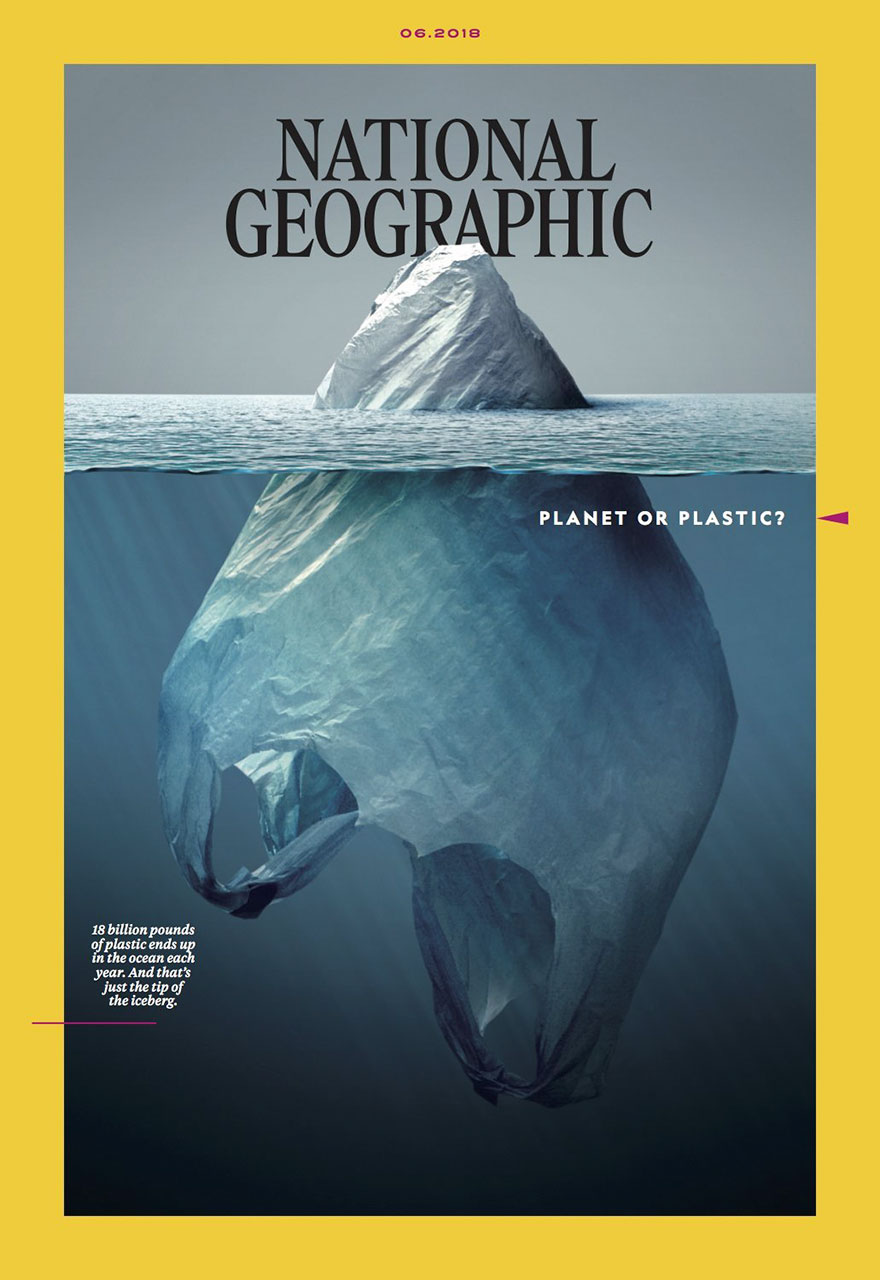
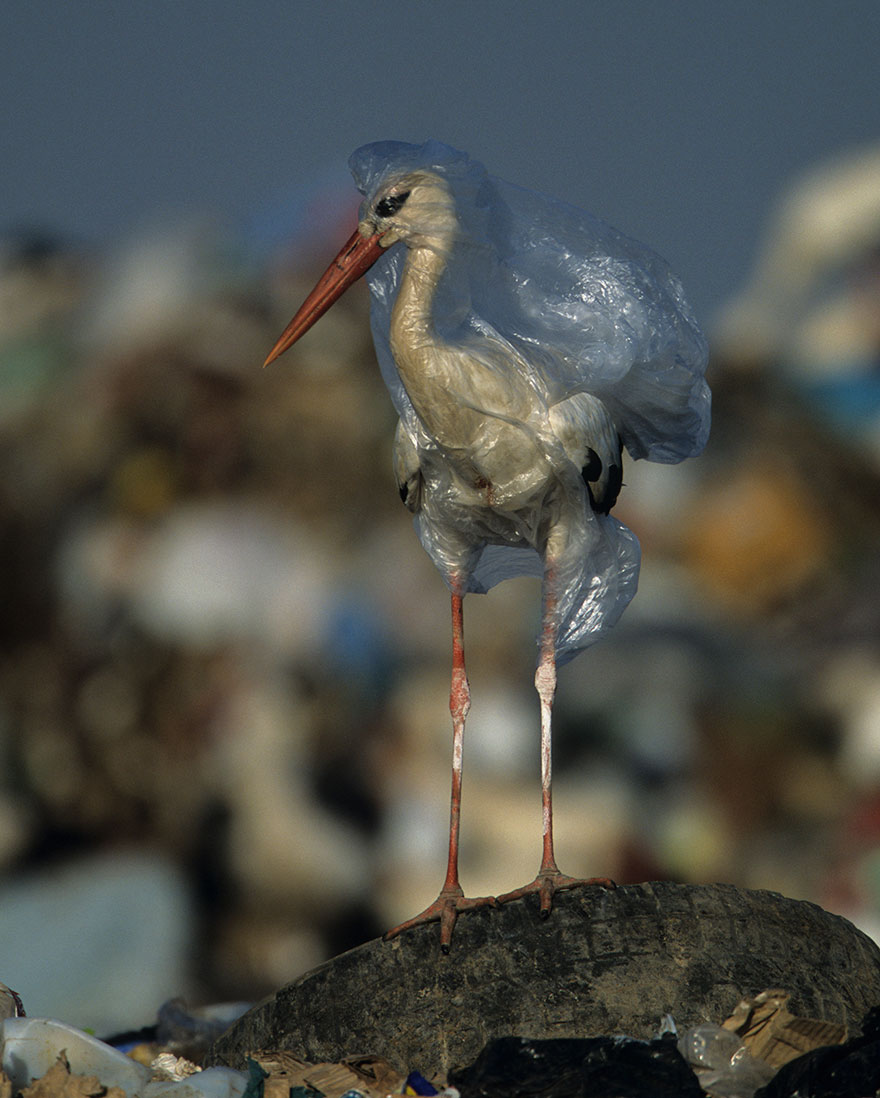


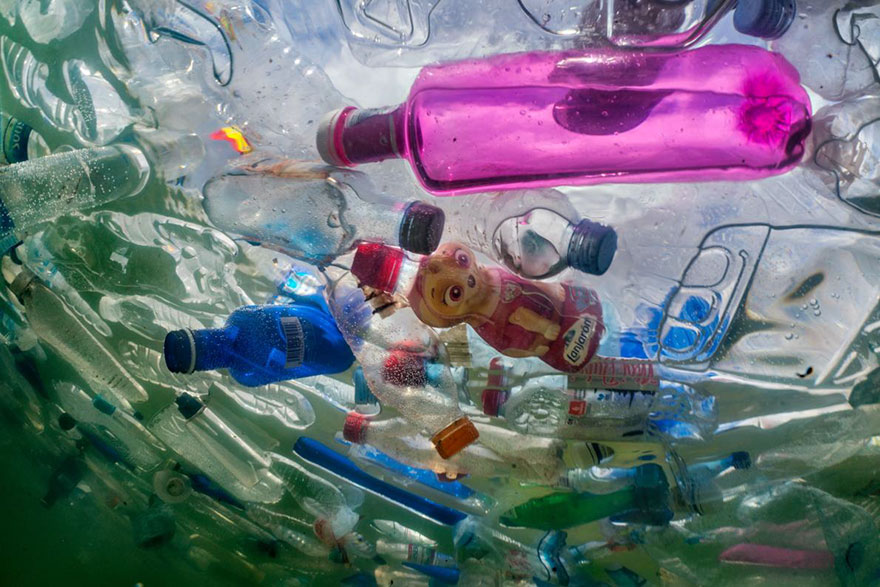
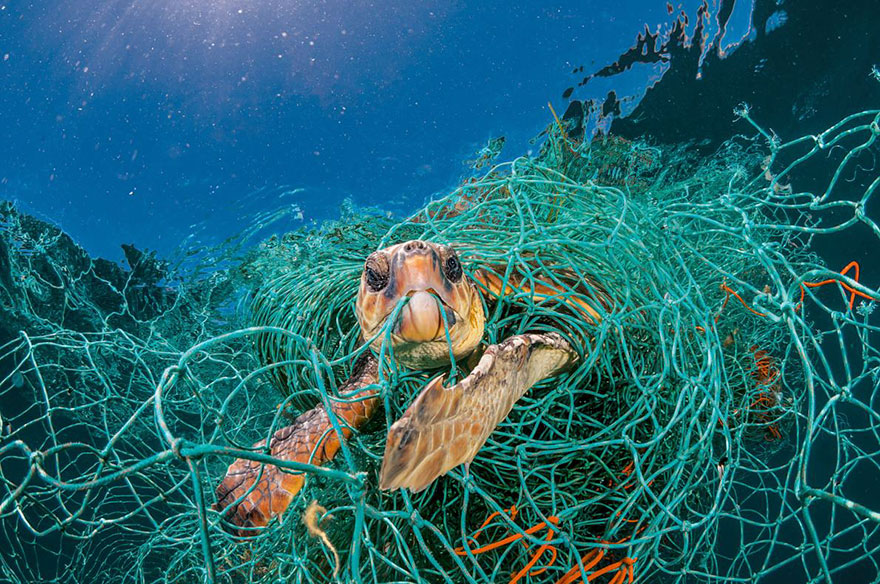
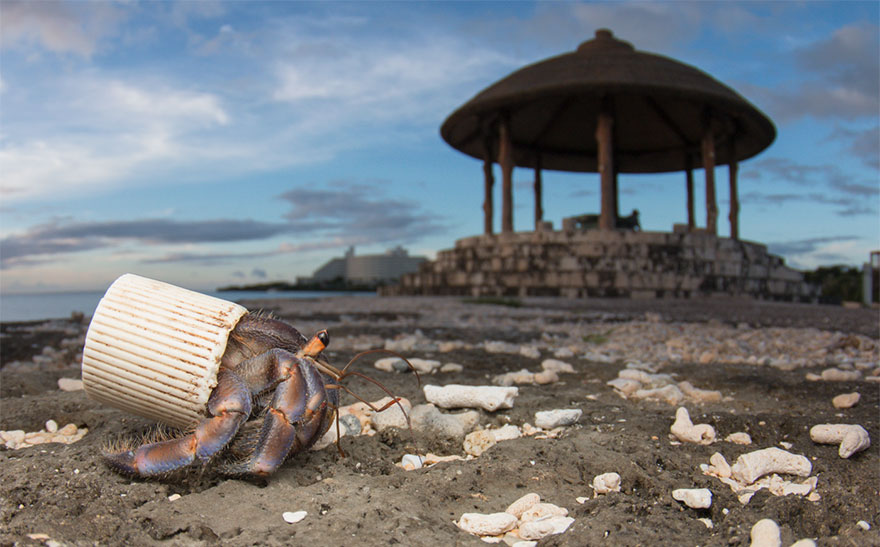
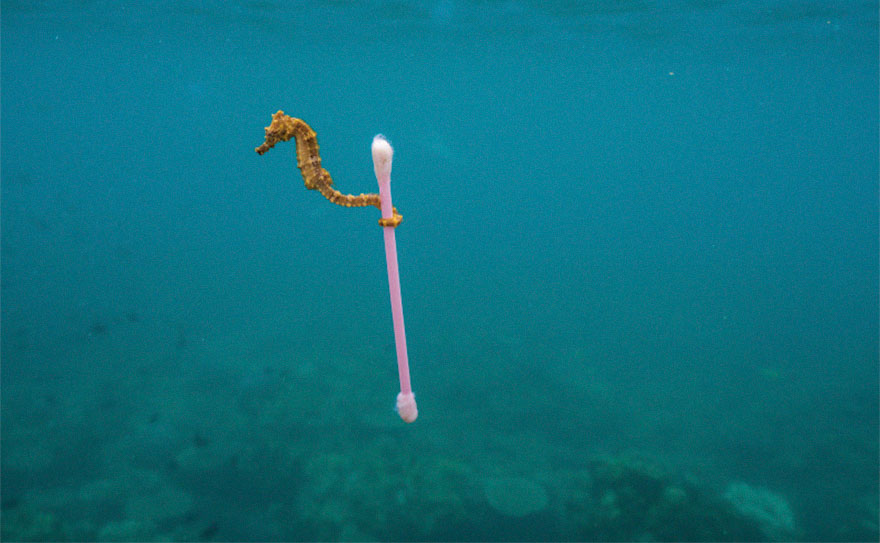
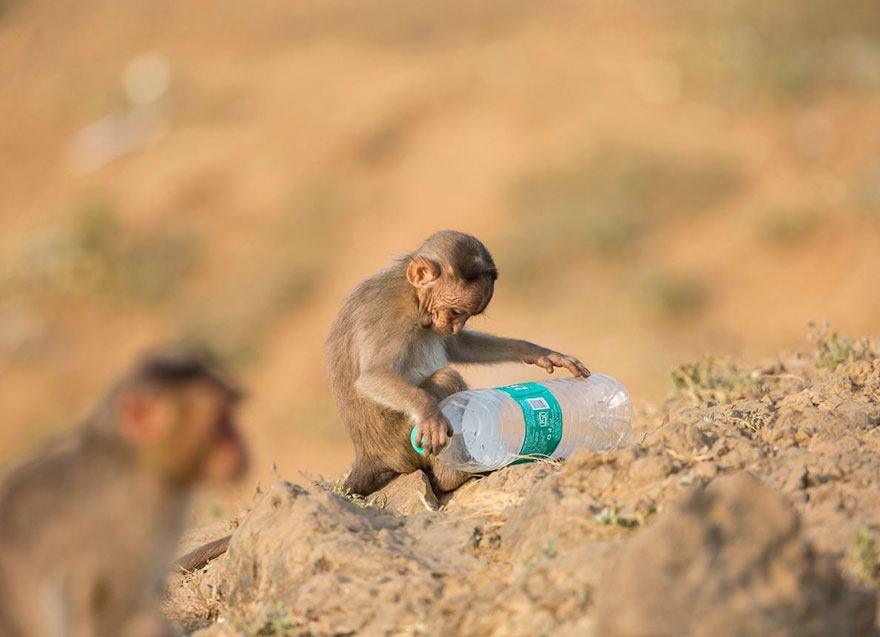
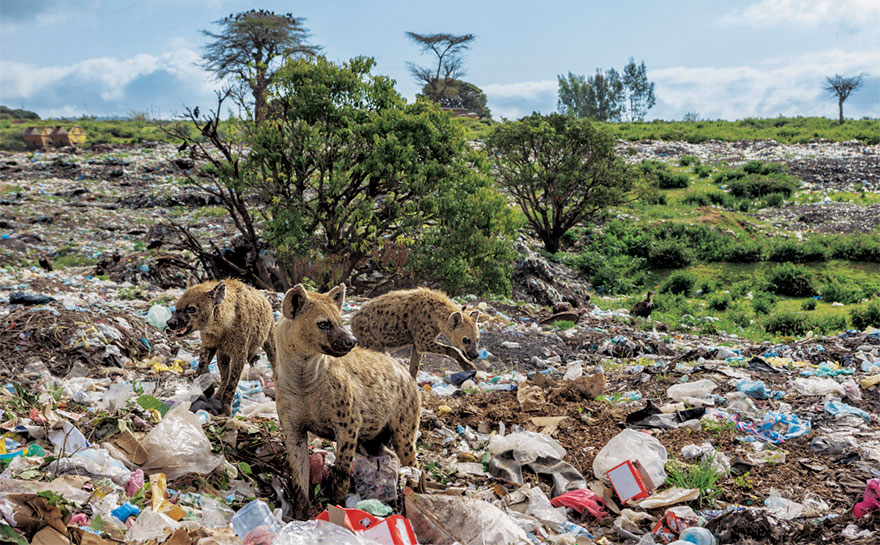

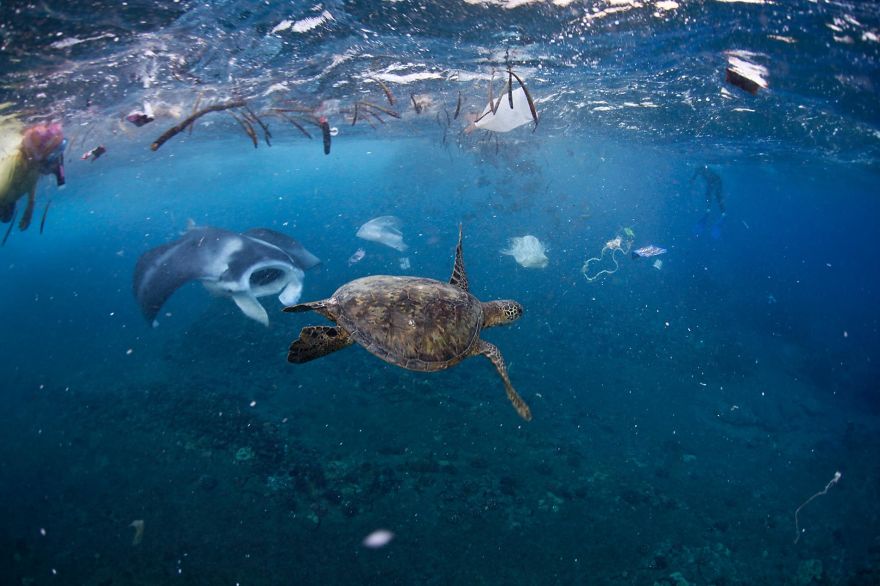
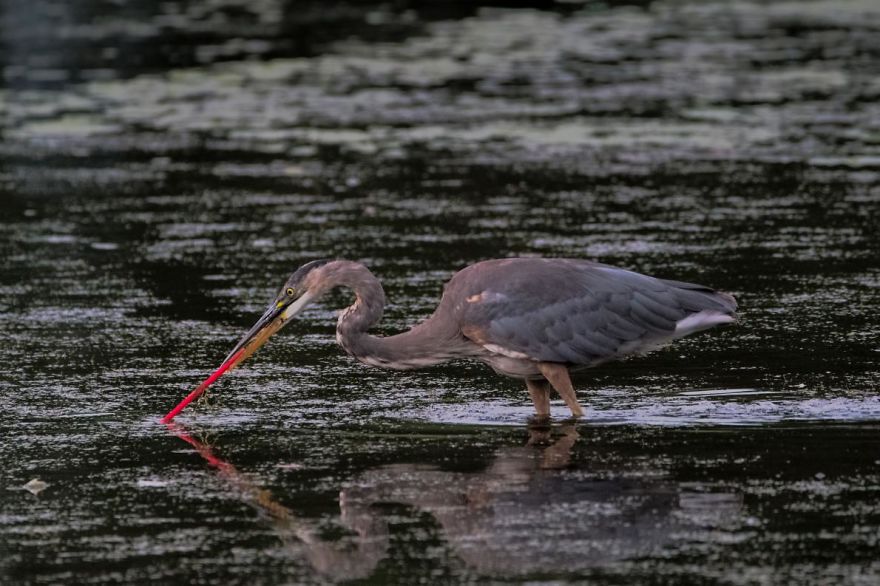
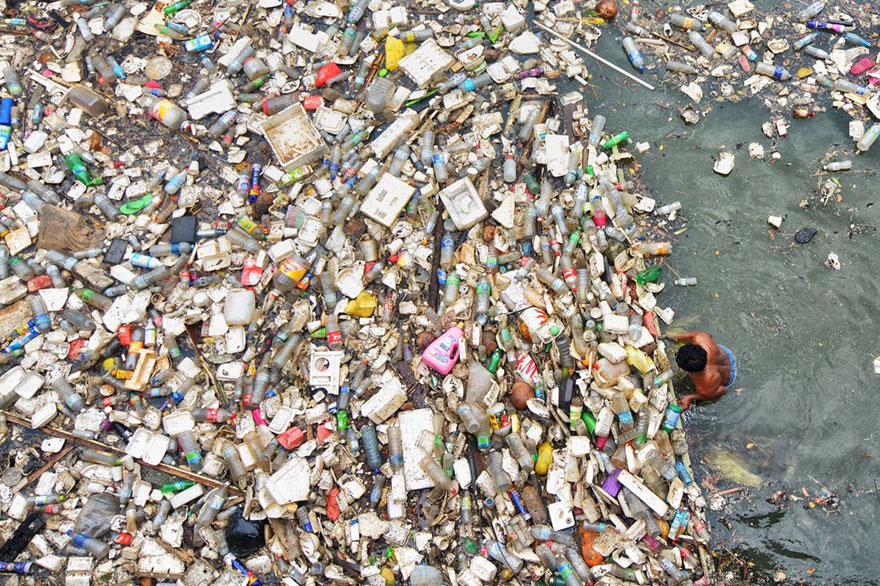
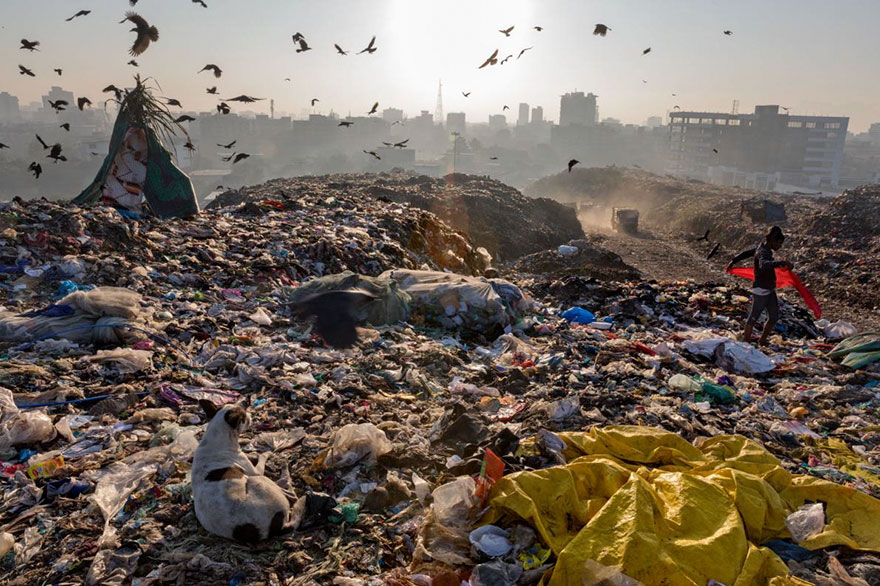
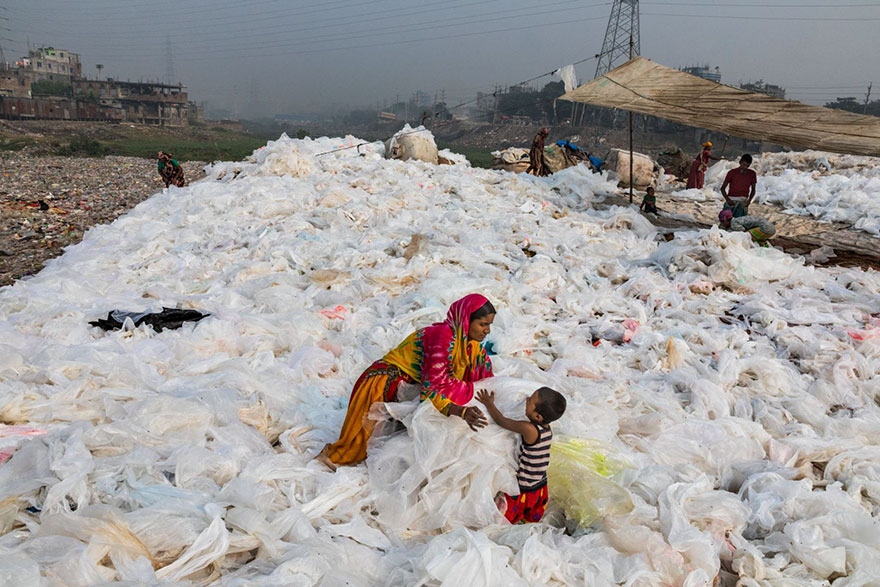
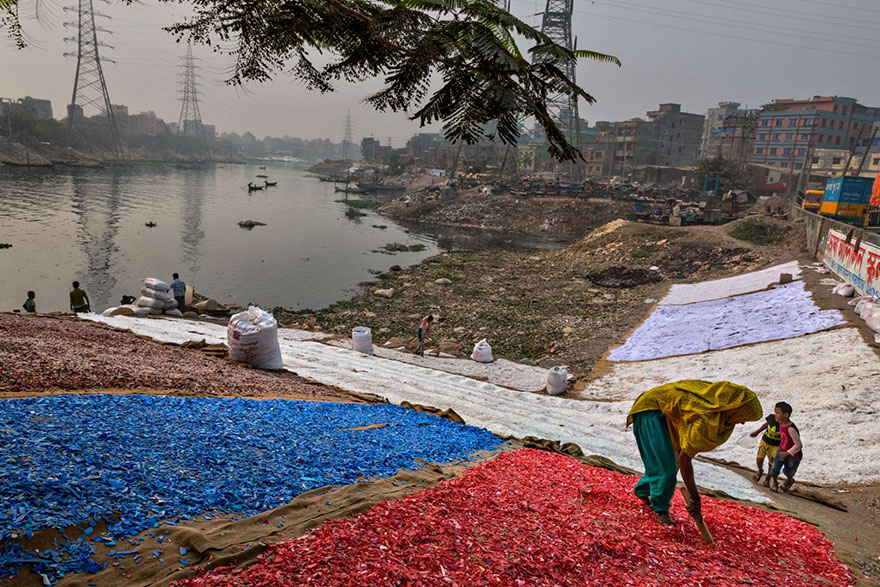
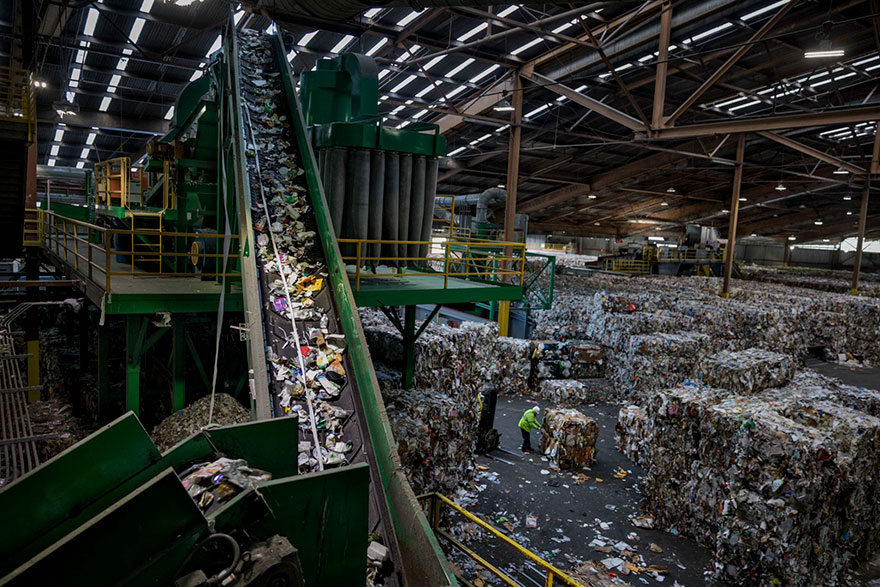
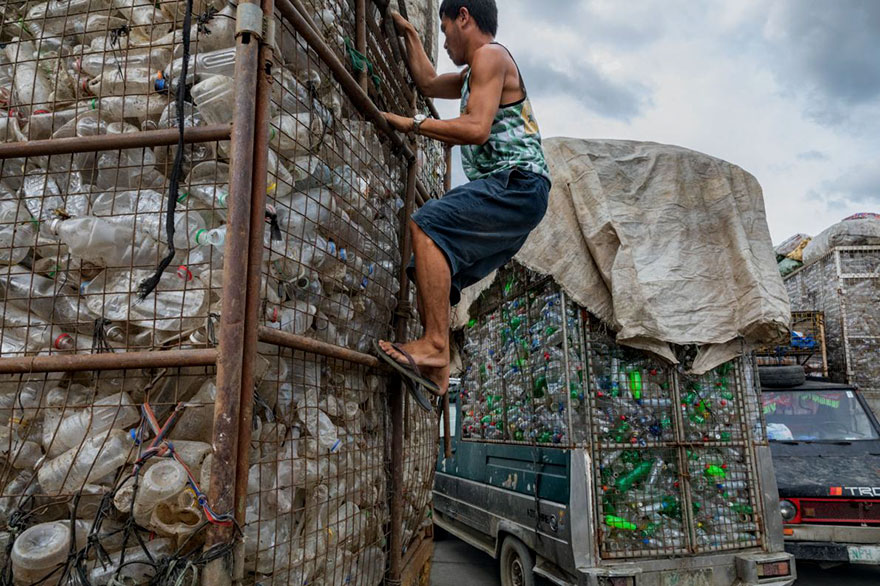
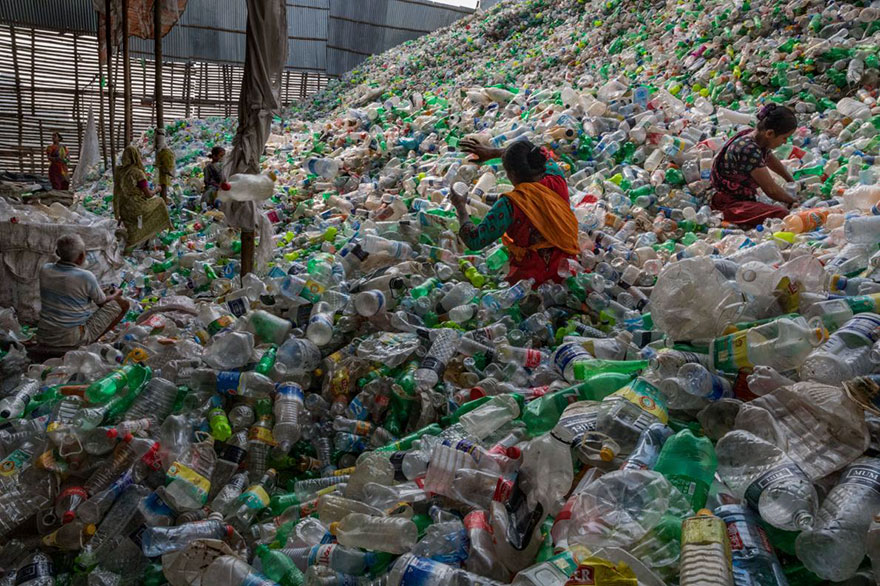

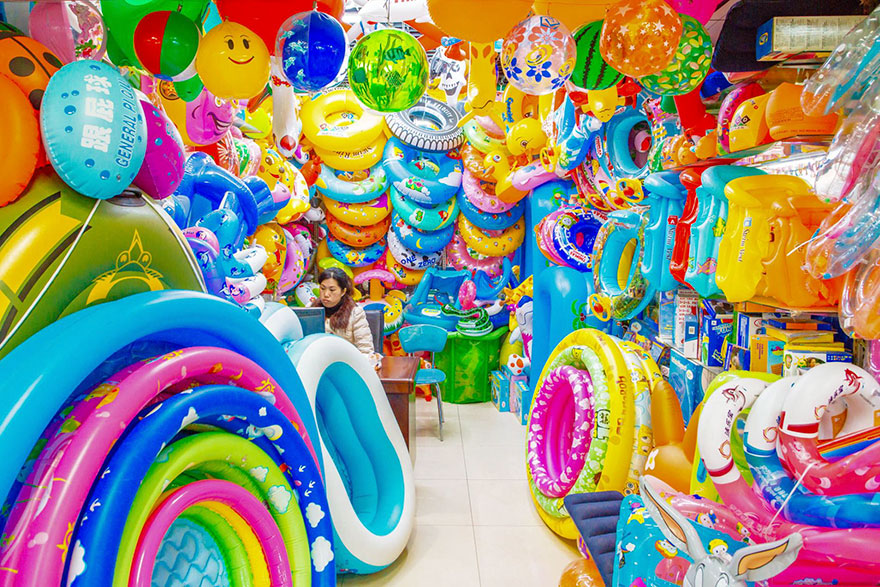
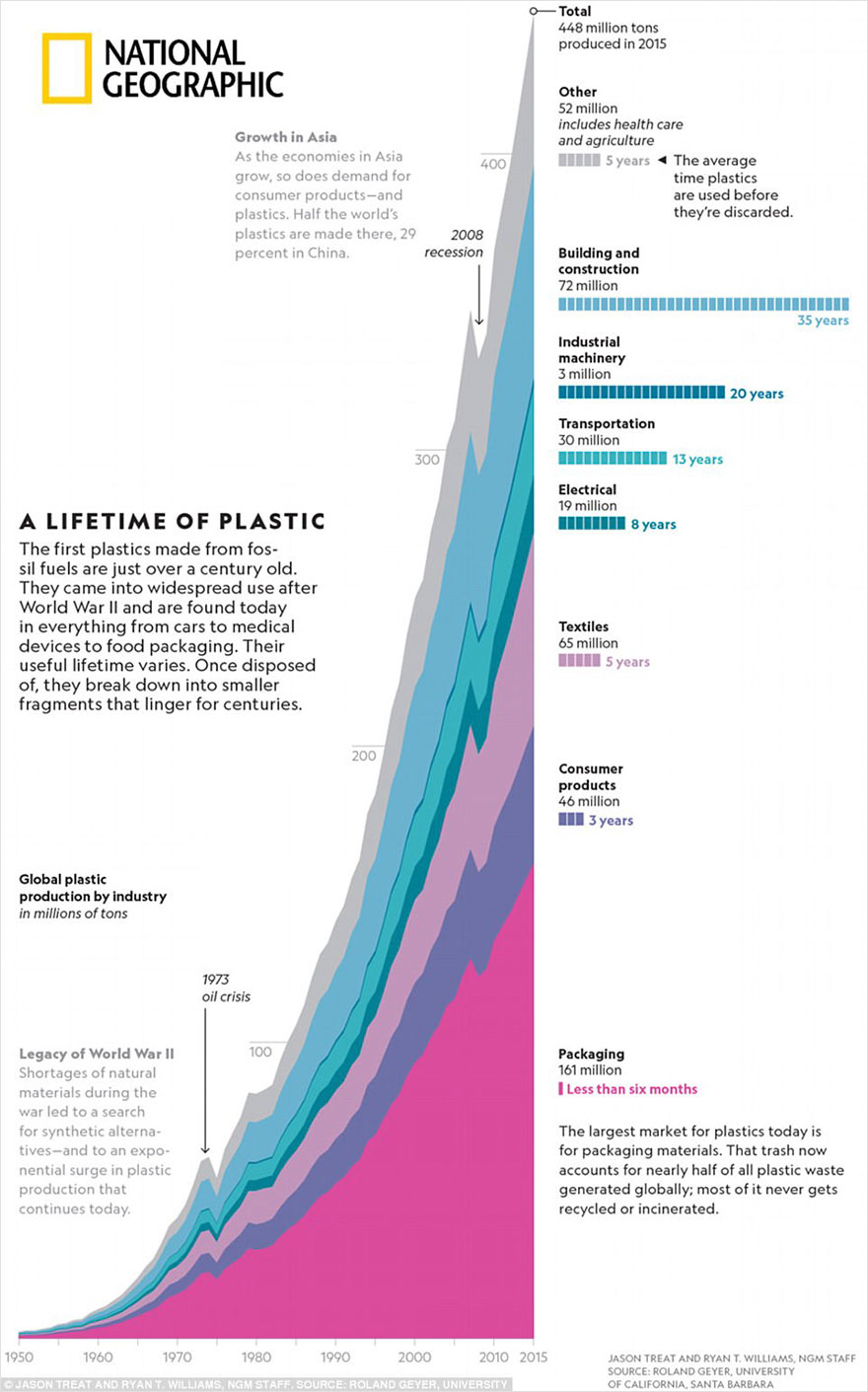



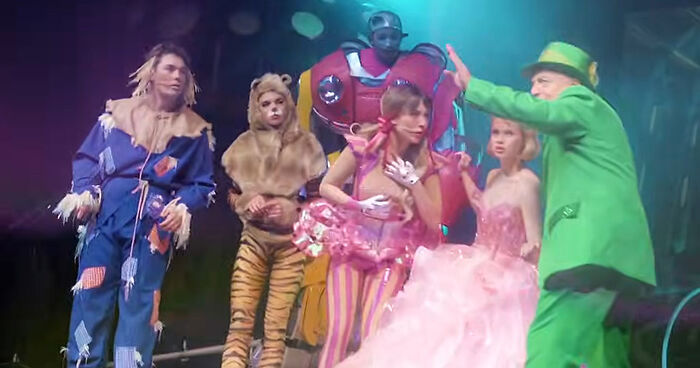
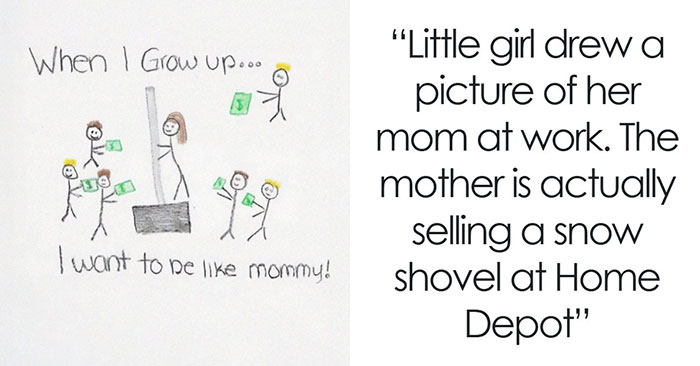
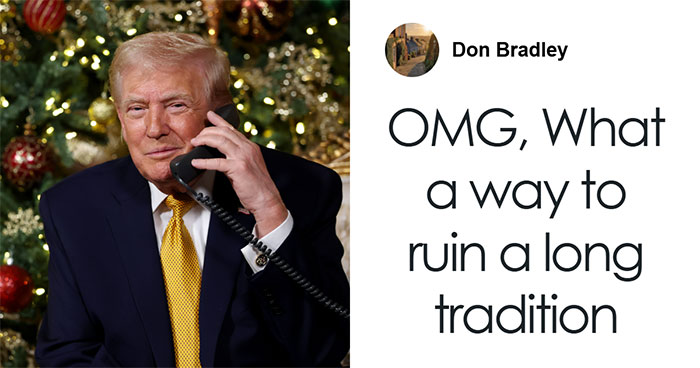

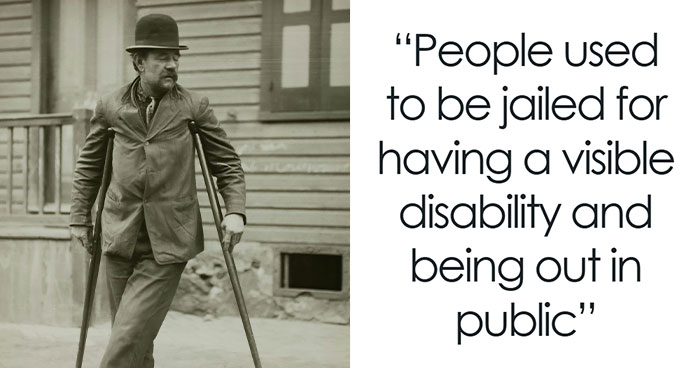
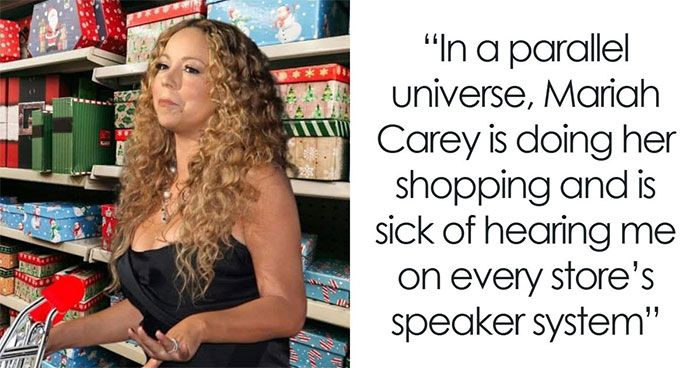
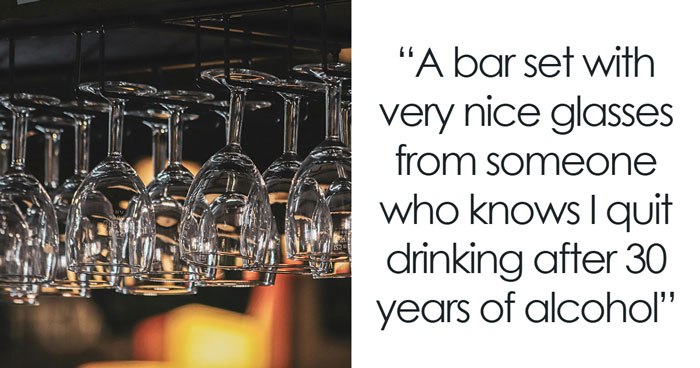
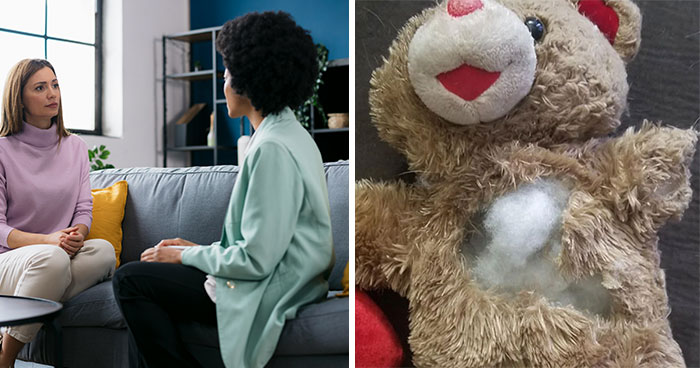
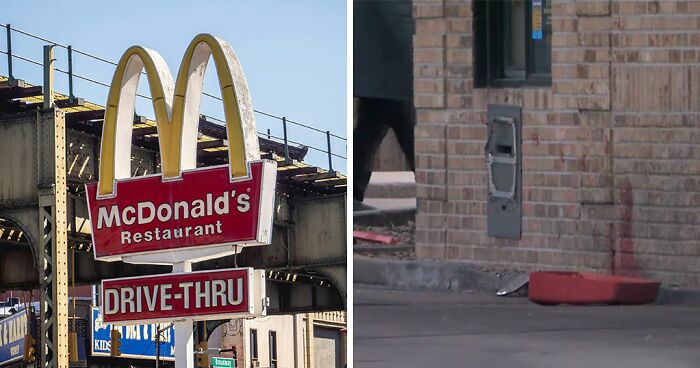





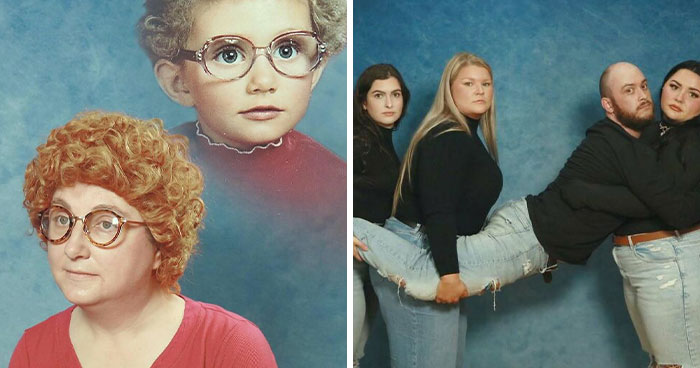


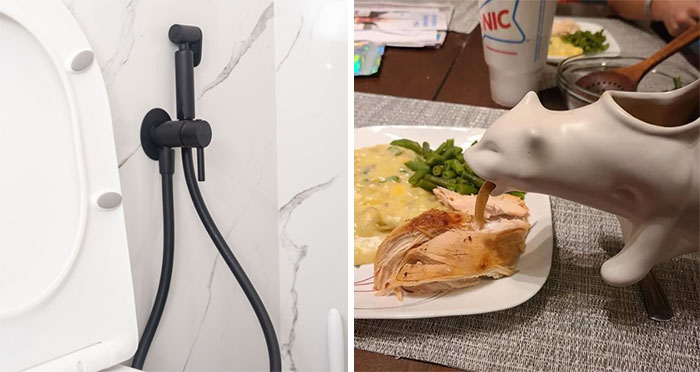

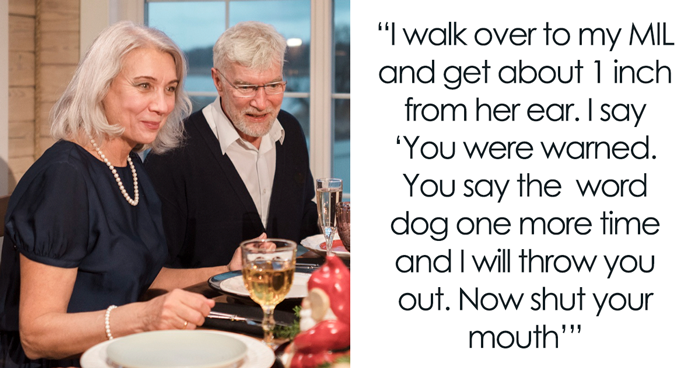




















636
178